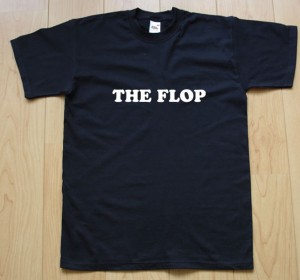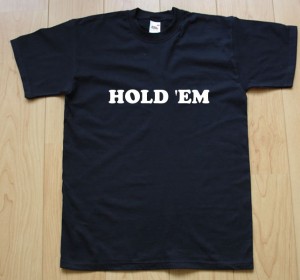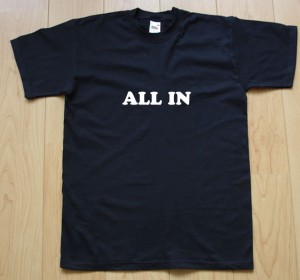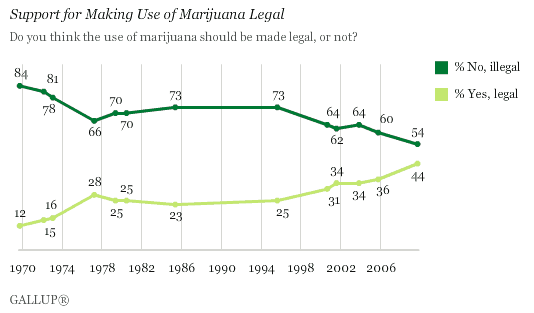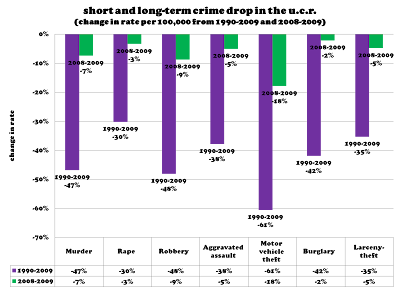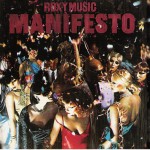Yahoo News reported on a study by media-research company Experian Simmons today. I couldn’t find any methodological details about the study and cannot vouch for its accuracy, but it presented the listing below, purporting to show how political partisanship is linked to preferences for various television programs.
Not surprisingly, Glenn Beck ranks high among Republican viewers and low among Democrats, with Keith Olbermann’s Countdown showing the opposite pattern. Yet some of the other patterns are more intriguing, with critically acclaimed cable-only shows like Mad Men garnering far higher ratings among Democrats, and highly-rated network programs generally doing better among Republicans. [I can only guess about the precise metric here, but it looks as though scores are standardized such that an average rating would be scored at 100.]
To get a better sense for the story the data might tell, I arrayed the shows and ratings from left to right by the ratio of Democratic to Republican scores. In this figure, it is easy to spot the “purple middle” represented by programs such as Desperate Housewives, Dancing with the Stars, and The Mentalist.
I wouldn’t draw any inferences from the bivariate association shown in the chart. It would be fun (or at least “fun” in the classroom exercise sense of the word) to ask a social statistics or methodology class to identify potential confounders and sources of spuriousness here — at minimum, I suspect that age, gender, race, and urban residence would be associated with both viewing habits and partisanship. That is, it might be the case that the Mad Men or 30 Rock crowd is not so much Democrat as young, urban, and female.
As a criminologist, I’m fascinated by portrayals of the criminal justice system — specifically, the extent to which they adopt a “crime control” or “due process” model of law enforcement. I’d guess that Democrats would be more likely to favor crime dramas that nod to “due process” concerns (e.g., Law & Order), but I’ve never seen a study documenting such preferences. Most shows, in fact, lean heavily toward crime control portrayals, with rogue officers routinely taking all manner of head-busting liberties with suspects.
For example, I recently caught an episode of the new Hawaii Five-O and was surprised to see the heroic detectives toss a witness (a witness!) into a shark tank, just to loosen his tongue a bit. Despite Five-O’s silly portrayal of police work, stilted dialogue, and cheesy acting, I’d still rate it highly — that theme song remains irresistable.





